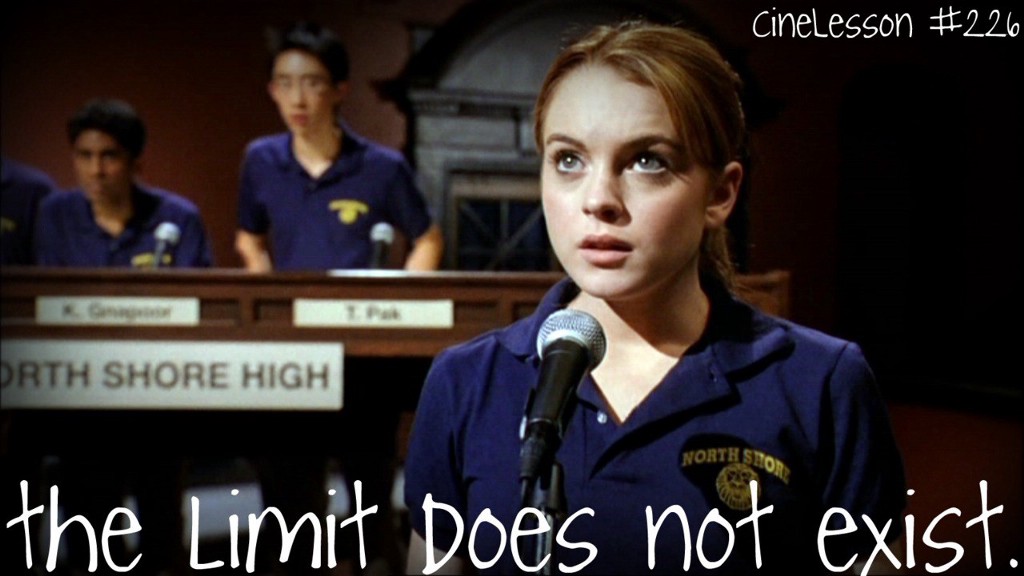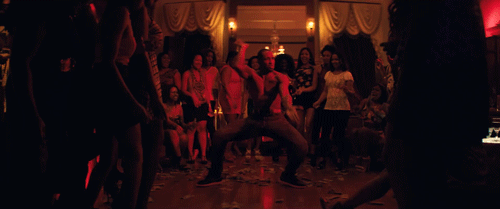When It Comes To My Math Fears, The Limit Does Not Exist
A horror story about tipping

I have a head cold, a toddler, and a baby, and my husband’s been working hard on a project that, this week, took him out of town for a couple of nights, so last night I did what any New Yorker who had reached her limit would do: I ordered pizza. Not too long after I requested delivery, a cute tattooed guy showed up with a couple of boxes.
“That’ll be $25.05,” he said. “And I can make change!”
“Great, thanks,” I said. “I have a fifty.”
“So how much …?”
We don’t get delivery very often, so I had to reflect. The pizza place is only a couple of blocks away; the weather was nice; the boxes weren’t heavy. A couple of bucks as a tip seemed appropriate.
“Let’s make it $27,” I said.
“Sure,” he said, and he took out his cash pouch and starting counting one-dollar bills out into my hand.
“ … twenty-four, twenty-five, twenty-six, twenty-seven,” he said, leaving a comical, even cartoonish, stack of bills on my palm, like prop money cleaned up from the set of Magic Mike XXL.

Something didn’t seem quite right but the toddler was yelling and the baby was crying, and that morning, when I had left them alone for more than thirty seconds, the former had drawn with purple marker all over the latter and herself, and anyway I have no confidence in my own arithmetic skills, so I thanked the delivery guy and shut the door.
Two minutes later, the doorbell rang again. I grabbed the stack of bills off of the table where I’d left it and greeted the cute, tattooed but now distinctly ruffled-looking delivery guy.
“Sorry,” he said. “Um, I think I left with less money than I came with?”
“I had said $27, meaning I’d be happy to give you $27,” I said.
“Right,” he said. “And instead I gave you $27 back. I should have given you …”
We both paused, squinting at each other, and I understood him immediately as a kindred spirit. Maybe, like me, he’d been a liberal arts major. Maybe, like me, he’d hated and feared math since sixth grade. Maybe when he got to college they also made him take a diagnostic test in math and then posted his results alongside his classmates’, so that when he scrolled down and found his name, he realized in public that whereas almost everyone had gotten a score of between 1 and 5 he’d been graded -1.
“Uh,” he said.
Behind me, the baby started crying again, and the toddler shouted, “I pooped! Mom, I pooped!”
“OK, so can you give me … three back?” he asked.
“Here,” I said, counting the bills into his hand, and then, “Take another.”
“Thanks,” he said. “Sorry about this.”
Once again, the stack of dollar bills landed on my kitchen table as I went to sort out my little family. This morning I counted the money and was relieved to find that I had ended up with $22 — meaning I spent $28 on pizza. If you had put a gun to my head last night and asked me what I had ended up paying, I wouldn’t have been able to tell you.
For many of us, it’s easy to look at finance and see math, and to look at math and see fear. A number, to me, isn’t a helpful or even a neutral thing; often it feels actively hostile. And I know I’m not alone in this, even if most people may be more confident than I am in their abilities. (Most of my fellow first-years at college did score between 1 and 5 on that diagnostic test.) But I went to a good and even pretty feminist school that still failed me when it came to math education. I was never taught how not to be afraid.
Fear is a very real barrier to entry when it comes to being able to think, and act, in a mature way about money. It’s one that’s worth acknowledging and figuring out how to fix.
Meanwhile, next time I order delivery, I’m putting it on my goddamned credit card.
Support The Billfold
The Billfold continues to exist thanks to support from our readers. Help us continue to do our work by making a monthly pledge on Patreon or a one-time-only contribution through PayPal.
Comments